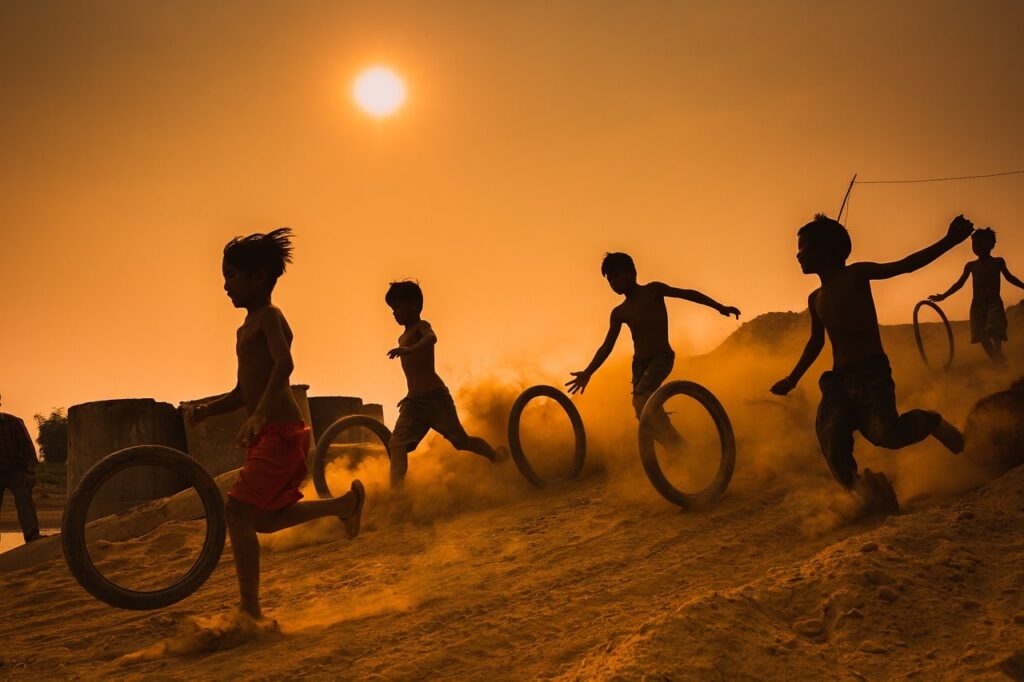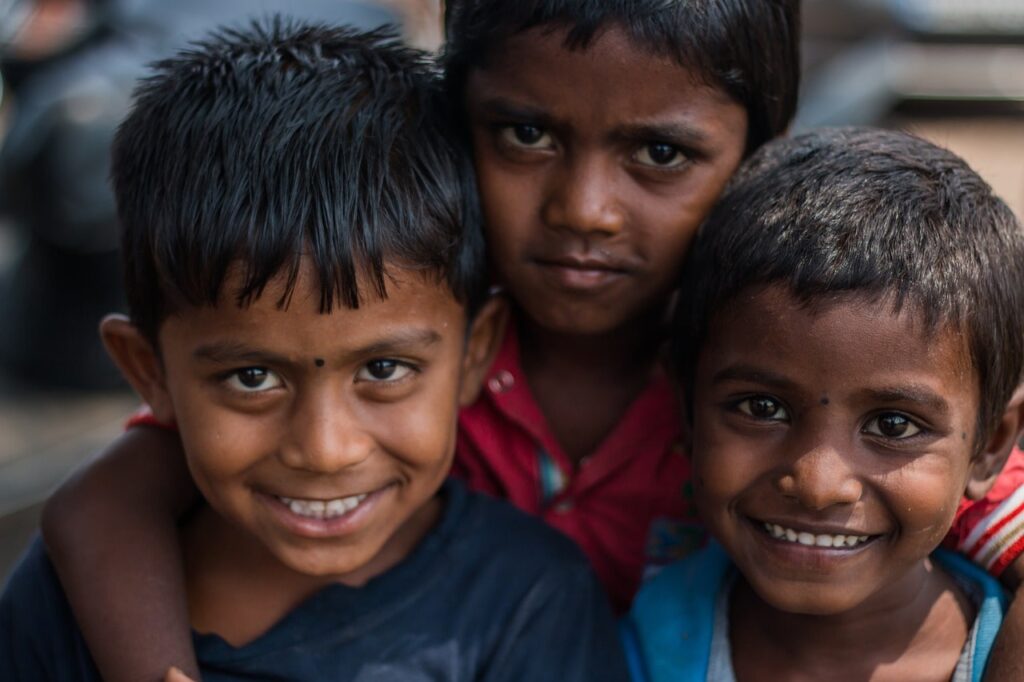INTRODUCTION

Violence against children includes all forms of violence against people under 18 years old, whether perpetrated by parents or other caregivers, peers, romantic partners, or strangers. Globally, it is estimated that up to 1 billion children aged 2–17 years have experienced physical, sexual, or emotional violence or neglect in the past year
TYPES OF VIOLENCE AGAINST CHILDREN
• Maltreatment
• Bullying (including cyber-bullying)
• Intimate partner violence
• Child Labor
• Sexual violence
• Emotional or psychological violence
• Youth gang violence
MALTREATMENT
• Physical violence—including torture, assault, or harm.
• Neglect by parents, caregivers, and other authorities.
• Violent punishment
BULLYING
Verbal bullying is an unwanted aggressive behavior by another child or a group of children who are neither siblings nor in a romantic relationship with the victim; it often takes place in schools and other settings where children gather.
Cyberbullying
INTIMATE PARTNER VIOLENCE
• Involves physical, sexual, and emotional violence by an intimate partner or ex-partner.
• Although males can also be victims
• It commonly occurs against girls within child marriages and early/forced marriages.
• Among the romantically involved but unmarried adolescents, it is sometimes called “dating violence.”
CHILD LABOR
• 14 years: <14 yr. No one can serve in a factory
• 14-15 years: Can take service in a non-hazardous industry
• 15 years: > 15 years, one can be employed in the factory.
SEXUAL VIOLENCE
• Non-consensual acts
– Contactcompleted or attempted sexual contact in the form of vaginal, anal, oral; mutual masturbation; molesting; hugging etc.
– Non-contact, such as voyeurism or sexual harassment
Child trafficking
• Online abuse-showing pornography or slang conversation
• Child Marriage
PSYCHOLOGICAL VIOLENCE
• Restricting a child’s movements,
• Denigration
• Ridicule,
• Threats
• Intimidation,
• Discrimination,
• Rejection
• Other non-physical forms of hostile treatment.
YOUTH GANG VIOLENCE
• Occurs most often in community settings between acquaintances and strangers, including bullying and physical assault with or without the use of weapons (such as guns and knives)
• Is concentrated among young adults aged 10–17 years
IMPACT OF VIOLENCE
• Result in death.
• Lead to severe injuries.
• Impairs brain and nervous system development
violence against children-
– can negatively affect cognitive development
– and results in educational and vocational underachievement.
• Result in negative coping and health risk behaviors—Most Children exposed to violence and other adversities are substantially more likely to
smoke, misuse alcohol and drugs, and
engage in high-risk sexual behavior.
– have higher rates of anxiety, depression, other mental health problems, and suicide.
• lead to unintended pregnancies
• Contribute to the wide range of non-communicable diseases as children grow older-
– increased risk for CV disease,
– cancer,
– diabetes,
– and other health conditions are largely due to the negative coping and health risks in the behaviors associated with violence.
• Impact opportunities and generations—Children exposed to violence and other adversities are more likely
– to drop out of school,
– have difficulty finding and keeping a job,
– are at the heightened risk for later victimization and/or
– perpetration of interpersonal violence
– self-directed violence
– by which violence against children can affect the next generation
RISK FACTORS
• Individual level:
• Biological and personal aspects such as the sex and the
• Lower levels of education
• Low income
• Having a disability or mental health problems
• Being lesbian, gay, bisexual, or transgender
• Harmful use of alcohol and drugs
• History of exposure to violence.
Close-relationship level, like
• Lack of emotional bonding between the children and parents or caregivers
• Poor parenting practices mostly affect
• Family dysfunction and the separation
• Being associated with the delinquent peers
• Witnessing violence between the parents or caregivers
• Early or forced marriage is mostly early
Community level:
• Poverty and lack of proper education
• High population density at the community level
• Low social cohesion and transient populations
• Easy access to alcohol and firearms
• High concentrations of gangs and illicit drug dealing, and addiction.
Society level:
• Social and gender norms that create a climate in which violence is normalized or usual
• Health, Economic, educational, and social policies that maintain economic, gender, and social inequalities
• Absent or inadequate availability of social protection
• Post-conflict situations or a natural disaster
• Settings with weak governance and poor law enforcement
PREVENTION AND RESPONSE OF VIOLENCE AGAINST CHILDREN

• Implementation and enforcement of laws
• Norms and values change
• Safe environments
• Parental and caregiver support
• Income and economic strengthening
• Response services provision
• Education and life
